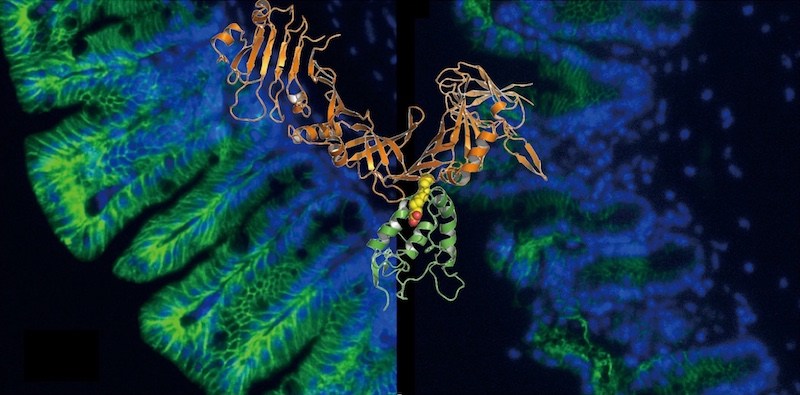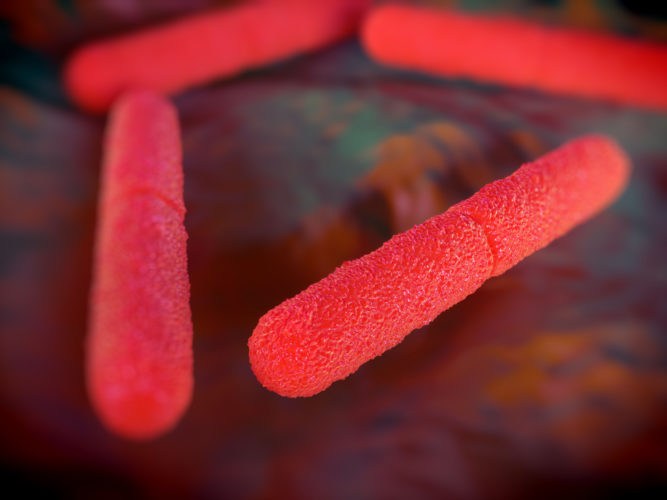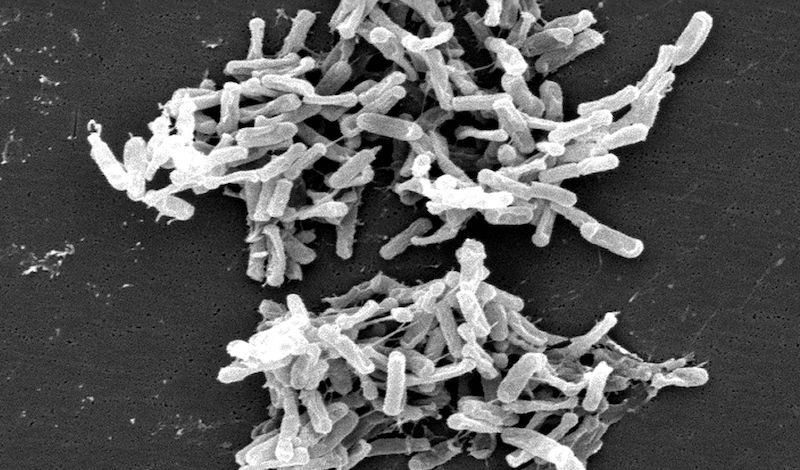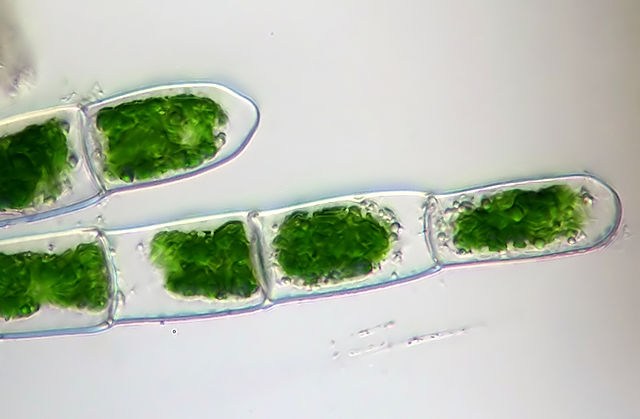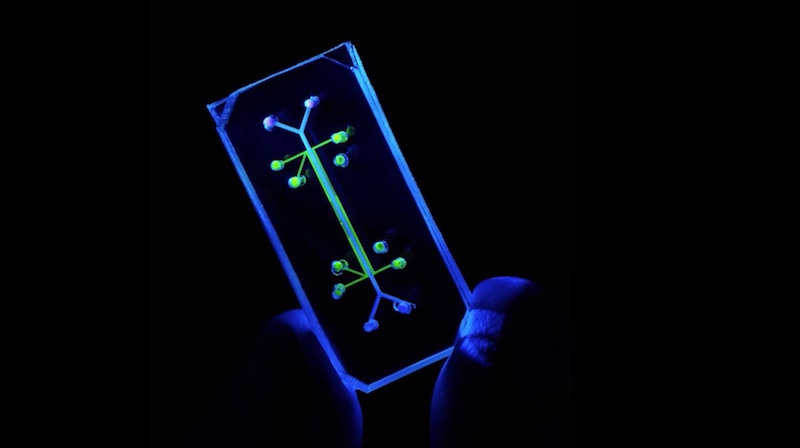Archive for toxins
Science Seen: An intestinal toxin’s trick, a potential cancer fighter
Clostridium difficile, also called “C. diff,” causes severe gastrointestinal tract infections and tops the CDC’s list of urgent drug-resistant threats. In work published in Nature in 2016, Min Dong, PhD, and colleagues found the elusive portal that enables a key C. diff toxin, toxin B, to enter the intestines’ outer cells and break down the ... Read More about Science Seen: An intestinal toxin’s trick, a potential cancer fighter
Tagged: cancer, gastroenterology, infectious diseases, toxins
Botulism toxin X: Time to update the textbooks, thanks to genomic sequencing
Botulism is a rare, potentially fatal paralyzing illness. It’s the reason we shouldn’t feed infants honey and why we need to take care in consuming home-canned foods: they can potentially contain nerve-damaging toxins produced by Clostridium botulinum. Botulinum toxin is classified as one of the six most dangerous potential bioterrorism agents. There are seven known ... Read More about Botulism toxin X: Time to update the textbooks, thanks to genomic sequencing
Tagged: genetics and genomics, toxins
Building a better botox
Aside from reducing wrinkles, botulinum toxins — a.k.a. botox — have a variety of uses in medicine: to treat muscle overactivity in overactive bladder, to correct misalignment of the eyes in strabismus, for a movement disorder called cervical dystonia that causes neck spasms, and more. Two botulinum toxins, types A and B, are FDA-approved and ... Read More about Building a better botox
Mutated botulinum neurotoxin B: A stronger player in the Botox world?
Famously associated with smoothing out wrinkles, botulinum toxin — better known as Botox — has been in use for 40 years now. Initially approved as a treatment for crossed eyes and then facial wrinkles, its on- and off-label uses today extend to urinary incontinence, migraines, perspiration, spasticity and even depression. But the diffusion of the ... Read More about Mutated botulinum neurotoxin B: A stronger player in the Botox world?
Tagged: toxins
Entry door for deadly C. difficile toxin suggests new mode of protection
Clostridium difficile, also called “C. diff,” tops the CDC’s list of urgent drug-resistant threats. Marked by severe diarrhea and intestinal inflammation, C. diff has become a leading cause of death from gastrointestinal illness, causing half a million infections a year in the U.S. alone. C. diff flourishes best in hospitals and long-term care facilities where people are on ... Read More about Entry door for deadly C. difficile toxin suggests new mode of protection
Tagged: antibiotics, gastroenterology, infectious diseases, organoids, toxins
Safety trial of algal anesthetic kicks off
Two years ago, we told the story of the quest of Charles Berde, MD, PhD, of Boston Children’s Division of Pain Medicine, to turn an algal toxin called neosaxitoxin into a long-lasting local anesthetic. At that time, Berde—together with Alberto Rodríguez-Navarro, MD, from Padre Hurtado Hospital in Santiago, Chile, and a Chilean company called Proteus ... Read More about Safety trial of algal anesthetic kicks off
Tagged: anesthesia, clinical trials, drug development, toxins
With algae blooms hope for a long-acting local anesthetic
For decades, Chile’s shoreline has had problems with periodic algal blooms – referred to as Red Tide, but actually containing a mix of microorganisms including bluegreen algae. Their toxins accumulate in shellfish, landing seafood consumers in the hospital, partially paralyzed, sometimes needing ventilators to breathe. The nerve block caused by the toxins is reversible, so ... Read More about With algae blooms hope for a long-acting local anesthetic
Tagged: anesthesia, clinical trials, drug development, toxins
Drug-testing alternative: a lung on a chip
Combining microfabrication techniques from the computer industry with modern tissue engineering, a team at Children’s Hospital Boston and Harvard’s Wyss Institute for Biologically Inspired Engineering has created a device that mimics the function of a human lung. This living “lung-on-a-chip,” which incorporates human lung and blood-vessel cells, reproduces the all-important interface between the lung’s tiny ... Read More about Drug-testing alternative: a lung on a chip
Tagged: drug safety, organoids, pulmonology, tissue engineering, toxins


